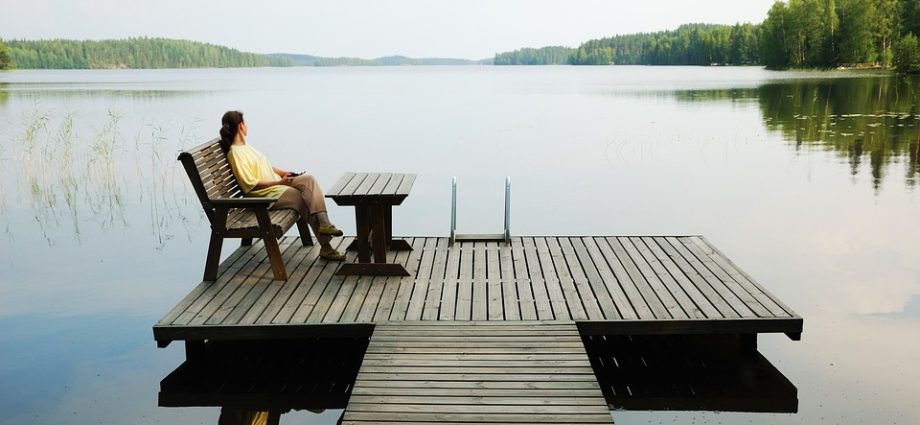The Fascinating History of Finland
Finland is a country located in Northern Europe that is known for its stunning natural beauty, its innovative technology, and unique history. From its Viking roots to its time as a Swedish territory, Finland has a rich past that is steeped in tradition and folklore. In this article, we will delve into the fascinating history of Finland and explore its top tourist attractions.
Early History
The earliest inhabitants of Finland were the Sami people, who lived in the region for thousands of years before the arrival of other groups. The Sami were a nomadic people who relied on hunting and fishing for their sustenance. They also developed a unique culture and language that is still spoken today.
In the 10th century, the Vikings began to establish settlements in Finland. They were attracted to the rich resources in the region, including timber and fur. The Vikings also brought with them new technologies and agricultural practices that allowed for the development of larger settlements.
Swedish Rule
During the Middle Ages, Finland began to be settled by the Swedish people. This period of history is known as the Swedish rule, and it lasted for over 600 years. During this time, Finland was viewed as a colony and was used for its resources.
Despite this, the Swedish influence on Finland cannot be ignored. Much of the Finnish culture and language are derived from Swedish traditions. The Swedish also established a strong education system in Finland, which has helped make it one of the most educated countries in the world.
Russian Empire
In the early 19th century, Finland came under the control of the Russian Empire. Despite the initial fears of Russian domination, the Russian period turned out to be a positive one for Finland. The Russian emperor, Alexander II, granted Finland a large degree of autonomy, allowing for the development of a unique Finnish identity.
During this time, Finland also experienced a period of economic and cultural growth. The Finnish language became more prominent, and Finnish literature and music flourished. It was during this period that Finland became known for its architecture and design, which has since become a hallmark of the country.
Independence
In 1917, Finland declared its independence from Russia, and it has since become known as a progressive and modern country. Finland has a strong welfare system, a high standard of living, and is home to some of the world’s leading technology companies.
Today, Finland is known for its natural beauty, its incredible architecture and design, and its unique culture. Tourists flock to Finland to see its stunning landscapes, visit its famous saunas, and experience its rich history.
FAQs
1. What is the best time to visit Finland?
The best time to visit Finland is during the summer months (June-August) when the weather is mild and the days are long. However, if you’re looking to experience the Northern Lights, then winter (December-February) is the best time to visit.
2. What are the top tourist attractions in Finland?
The top tourist attractions in Finland include Helsinki, Suomenlinna, Rovaniemi, Levi, Yllas, Koli National Park, Saimaa Lake District, Turku Castle, Olavinlinna Castle, and the Lapland Igloo Village.
3. Is Finland an expensive country to visit?
Finland can be an expensive country to visit, but it is possible to visit on a budget. There are many affordable hostels and guest houses, and if you’re willing to cook your own meals, you can save money on food.
4. What is the Finnish culture like?
Finnish culture is unique and is heavily influenced by its natural surroundings. The Finnish people place a high value on honesty, reliability, and trustworthiness. Finnish culture also places a strong emphasis on the importance of family and community.
5. What are some traditional Finnish dishes?
Some traditional Finnish dishes include Karjalanpiirakka (Karelian pies), Lihapullat (meatballs), Kalakukko (fish pie), and Lohikeitto (salmon soup).
Top 10 Tourist Attractions in the Fascinating History of Finland
1. Helsinki – The capital city of Finland is a must-see for any tourist. It’s known for its stunning architecture and design.
2. Suomenlinna – This UNESCO World Heritage site is a fortified island that houses a museum and is a great place to explore Finnish history.
3. Rovaniemi – This city is known as the gateway to Lapland and is a great place to experience Finnish culture and nature.
4. Levi – This ski resort is located in the Lapland region and is great for skiing, snowboarding, and other winter sports.
5. Yllas – This ski resort is located in Lapland and is also great for winter sports.
6. Koli National Park – This national park is located in Eastern Finland and is known for its stunning landscapes and hiking trails.
7. Saimaa Lake District – This picturesque region is known for its numerous lakes and is a great place for fishing, boating, and swimming.
8. Turku Castle – This castle is located in the city of Turku and is one of the oldest castles in Finland.
9. Olavinlinna Castle – This castle is located in Savonlinna and is home to the famous Savonlinna Opera Festival.
10. Lapland Igloo Village – This unique resort is located in Lapland and offers visitors the chance to stay in a snow igloo or glass igloo and experience the Northern Lights.
